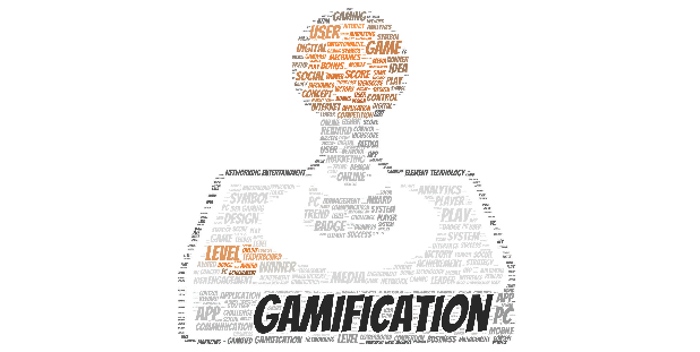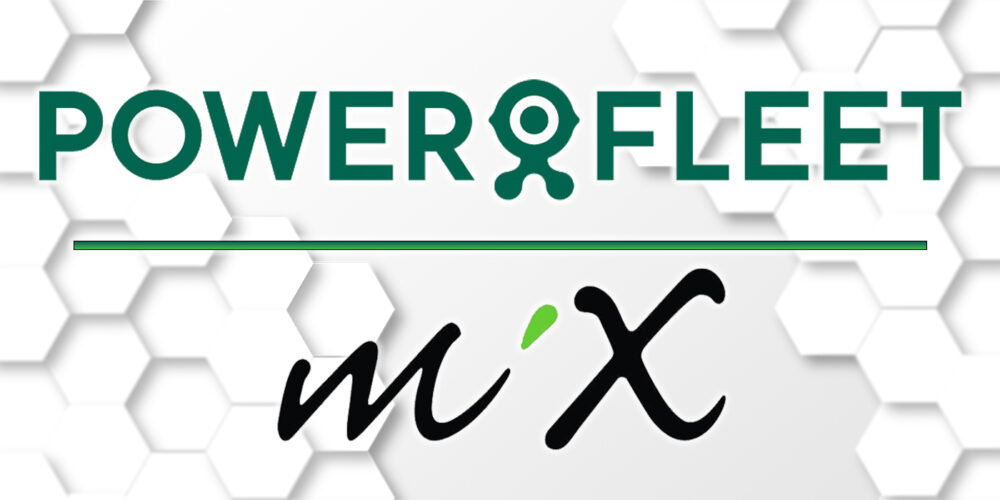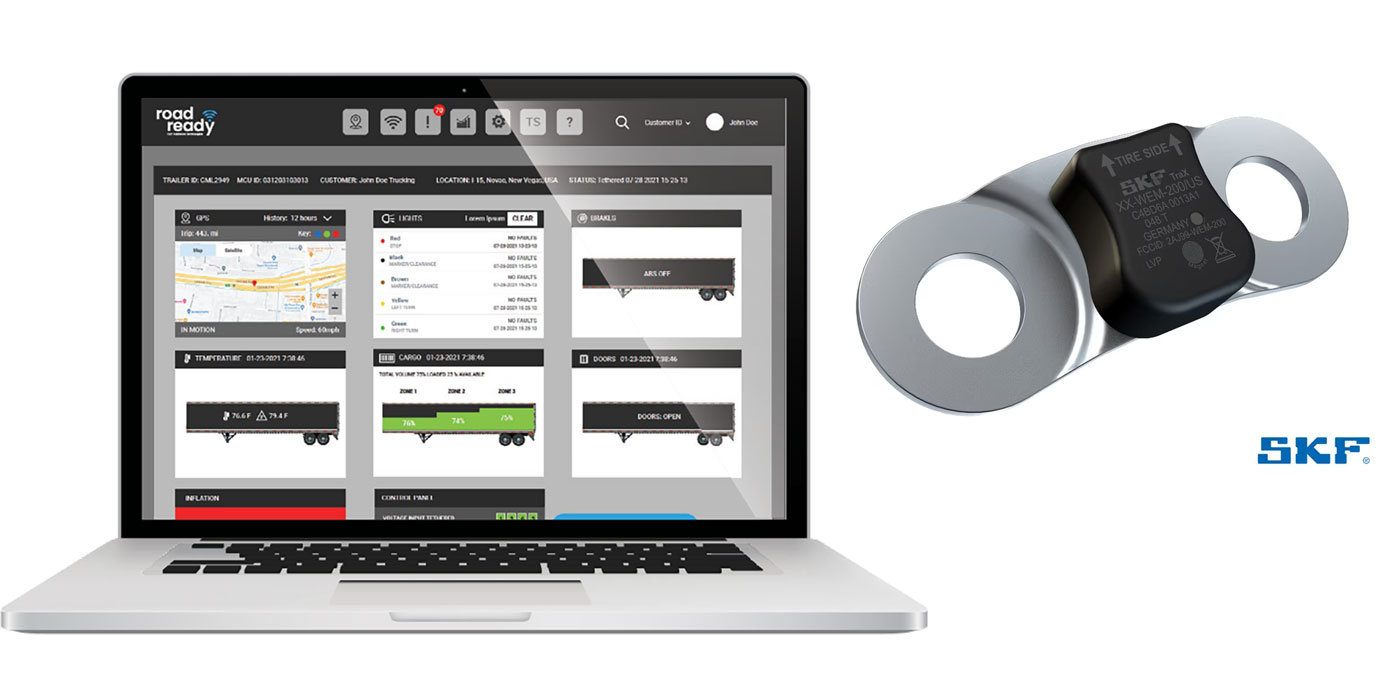“Gamification” is a word that you will be hearing more often, with industry experts identifying it as a growing trend in business applications. Software developers have begun using game mechanics in a non-game-oriented context and business applications that allow users to socialize, collect achievements and be rewarded while working. This has been put into place with drivers.
Unlike the companies of yesteryear, today’s executives have a powerful tool they can use to shape driver performance and thwart poor driving habits: a smartphone or tablet. New Mobile Enterprise Management (MEM) software and applications tied into existing telematics, route optimization and work order management solutions can significantly improve how mobile workers perform their day-to-day work. How can fleet managers and owners use smartphones, a readily available device owned by most drivers, to correct unsafe driver behavior and create a culture of greater safety and productivity? By using proactive coaching and training methods available in what’s called gamification. The engaging traits of electronic games are being used to increase employee engagement and participation in business programs, while accelerating learning.
Since gamification appeals to the human instinct to compete, either with yourself or with others, this technology can impact driver behavior by helping achieve company-wide goals, greater safety, productivity and compliance by delivering real-time data to drivers and their managers.
Improving driver behavior and performance
Curbing unwanted operating behavior such as harsh braking or excessive idling has largely been a reactive process to date. The mobile enterprise is now applying gamification techniques available through recent advances in MEM software that can score operator behavior and “gamify” it to rank performance against their peers. These same technologies provide operations leads with the ability to deliver real-time coaching and training to workers in the field, so that learning opportunities are immediate and not reactionary. For example, executives can help minimize fuel use and excessive idling by monitoring when and how an asset is being used through the real-time data.
The system then takes metrics from performance and generates a score (1 to 100), and lets the operators see how they are ranked against their peers. The innate desire to win and be recognized as a leader shapes operator driving behavior over time, which then leads to safer and improved performance. Rather than disciplining a driver for poor performance, rewarding good behavior and recognizing leaders encourages continuous improvement, because the operators see metrics that show a direct correlation to the way they are helping make their operation successful. It also creates the opportunity to incentivize those who establish themselves as leaders. It’s not necessarily a monetary thing; for instance, we often see badges awarded for safety records.
The exercise is not about shaming the worst performers. It may be that only a very small percentage of all mobile workers are actual problem employees. Gamification and ranking motivates every worker on that list to be better, and it empowers those who may be at or near the bottom to take a look at how they work and what they do, and make improvements as needed.
A focus on safety
Driver safety is an important issue no matter the industry. Driver safety factors—speeding and braking—as well as other tracked metrics such as seat belt use or speeding while windshield wipers are engaged, weigh heavily in driver rankings.
Mobile workers motivated to improve their standing and ranking will drive safer and reduce overall incidents while on the road helping improve safety. This also assists in keeping liability and vehicle damage/replacement costs down.
In addition to the scoring, the gamification app provides training materials and tips to drivers in real time, including videos and questionnaires.
For example, if a driver triggers multiple speeding alerts, a video on the potential hazards of breaching speed limits can be deployed, followed up by a short set of questions based on the video. This type of real-time engagement is highly effective at improving operator behavior. The system also monitors whether the driver has actually watched the video or taken the quiz.
Done right, gamification can be more than just the fun app du jour. The data derived can be a powerful force for change in an organization. You will see more than just better business results—you will have employees that are feeling more engaged and appreciated, recognized for good performance on the job and motivated to do their best. This technology, and the data derived from the drivers, goes a long way to quantifying what training and coaching methods are effective.
A fleet executive can compare driver scorecards and the types and frequencies of training content being accessed to the rate of accidents, fuel costs and productivity, and draw direct correlations between what moves the needle and what doesn’t. They ultimately take a tool that already exists with every worker—their mobile device—to make them safer, smarter and more productive.
This article was contributed by Kelly Frey, the vice president of product marketing for Telogis.














